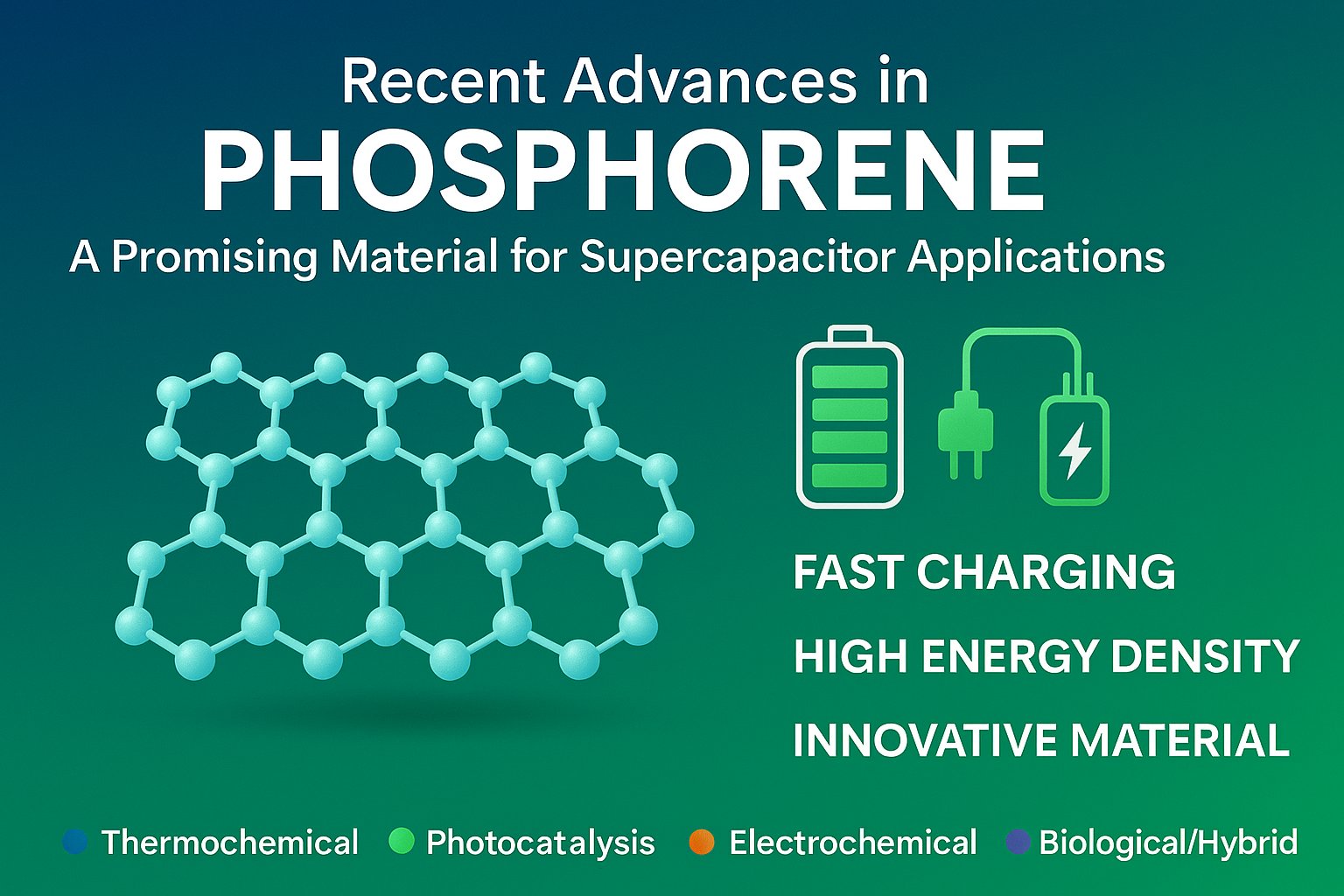In the field of energy storage, graphene-based planar micro-supercapacitors (G-MSCs), created through laser patterning, have emerged as pioneers, demonstrating remarkable progress. These microstructures, which are intricately designed using laser precision, offer small dimensions and exceptional energy-storage capabilities. Recent studies have highlighted the benefits of laser patterning techniques for refining the morphology and structure of G-MSCs, unlocking their full potential. Thus, the fabricated G-MSCs boast high capacitance, outstanding rate capability, and consistent stability, making them ideal choices for various energy-storage applications. Notable advancements include innovative methods, such as direct laser writing and nanosecond ultraviolet laser treatment, both of which contribute to improving the performance and longevity of G-MSCs. Additionally, microwave-assisted solid-state synthesis has emerged as a promising approach for enhancing the electrochemical performance of these micro-supercapacitors. Importantly, the optimization of laser parameters such as wavelength, power intensity, spot size, and scanning speed is crucial in the pursuit of perfect graphene fabrication. This precision not only ensures superior quality, but also facilitates scalable and efficient production processes. In the ever-evolving energy storage landscape, the convergence of laser technology and graphene holds great promise. As researchers delve deeper into these synergies, the possibilities for compact and efficient energy solutions have expanded, signaling a brighter and more sustainable future.
- Laser-induced nanoparticles are covalently attached to graphene networks in fabricated MSCs, enhancing wettability and suitability for optoelectronics, sensors, and MSCs. 🌐
- Nano-MXene-LIG hybrid MSCs exhibit remarkable characteristics: mechanical flexibility, durability, ultrahigh energy density, and impressive capacitance. ♻️
- Laser parameters significantly impact LIG properties, offering a versatile method for scalable conductive material production. 🎚️
- In situ doping with fluorine and boron significantly increases areal capacitance in MSCs, showing promise for improved performance. 🧪
- Laser scribing allows precise control over graphene dimensions and patterns, addressing restacking issues and enhancing MSC performance. 🔍
- Laser patterning offers a scalable method for fabricating graphene-based planar MSCs, providing flexibility and control over morphology. 📐
- Integration of laser-assisted techniques enhances MSC performance, offering streamlined fabrication and improved electrochemical properties. ⚡
Significant progress has been made in advancing graphene-based micro-supercapacitors (MSCs) using innovative laser processing techniques. By employing laser-induced methods, nanoparticles can be intricately bonded to graphene networks, enhancing their wettability and functionality for optoelectronics and sensors. These advancements pave the way for highly flexible and durable MSCs with unmatched energy densities and capacitances. Moreover, the precise modulation of laser parameters enables the scalable production of conductive materials, offering versatile applications in various fields. In addition, in situ doping with fluorine and boron demonstrated remarkable improvements in MSC performance, indicating potential avenues for enhanced energy storage capabilities. Laser scribing techniques allow for precise control over graphene dimensions, addressing inherent restacking issues, and significantly enhancing MSC performance. Furthermore, laser patterning offers a scalable approach to fabricate graphene-based planar MSCs, providing flexibility and control over morphology, thereby addressing challenges in scalable production. The integration of laser-assisted techniques further enhances MSC performance, offering streamlined fabrication and improved electrochemical properties. These advancements not only signify a significant step forward in energy storage technology but also hold promise for diverse applications ranging from wearable electronics to energy storage systems. As researchers continue to optimize laser processing techniques, the future of graphene-based MSCs appears to become increasingly sustainable, efficient, and integrated into daily life.
- Niraj Kumar, Prasanta Kumar Sahoo, Seul-Yi Lee, Soo-Jin Park
- Laser patterning revolutionizes fabrication
- Compact, efficient energy storage
- Scalable, precise synthesis
- Laser technology offers precise control and versatility across various applications.
- Laser-induced graphene (LIG) synthesis involves selecting a precursor, spin coating, laser irradiation, and pyrolysis.
- Pulsed laser deposition (PLD) is a technique used for depositing thin films with precise control over thickness and morphology.




